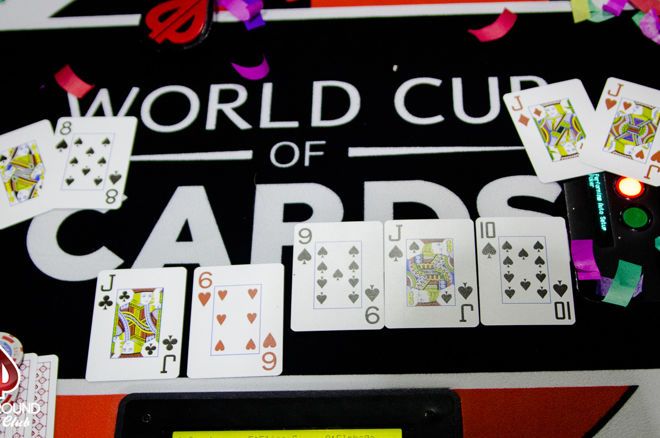Texas Holdem Minimum Raise
- Preflop, the minimum initial raise amount is the amount of the big blind, to a total bet of at least two big blinds. For example, if the blinds are 200/400, and no one has raised before the action gets to you, you may call the 400, or raise to any amount 800 or more.
- Three times the BB is a standard raise size which we will go into later in this article under the heading “Texas Holdem betting strategy”. But first, a little more on aggression to drive home the point: You should only raise or fold your hands when first entering the pot. However, calling with some hands after someone else has raised is fine.
If action has folded around to you in a $1-$2 No-Limit Hold’em game and you want to raise with a hand like AK, you raise 3x to 4x the big blind -- or $6 to $8 in this example.

One alternative raising strategy employed my many pro players is the 'min-raise' or minimum raise. Today we will take a look at the min-raise and how to best add it to your poker game.
Min-Raise Explained
In a No-Limit game if any other player wants to make a raise with a straddle on board, the minimum raise will be the difference between the big blind and the straddle. Example: Small Blind is 5, Big Blind is 10, a Straddle would be 20. The minimum raise would be 10, for a total of 30, it doesn't need to double to 40.
The min-raise is as simple as it sounds. You basically raise to two times the big blind. If you were in a $2-$4 cash game, you would raise to $8.
Texas Holdem Minimum Raises
Basically, you're employing a Limit Poker betting strategy in NL Hold'em. However, the reasoning behind using such a tactic is sound.
1. Slow Down Other Players
For starters, it can stop other players from raising.

When a player makes a standard raise, most players are fine with getting the blinds or blinds and antes. Other players know this.

But when you min-raise, a player might mistake your raise as deception and think you might be raising with a premium hand. This forces them to slow down and thus may result in you getting to see a cheaper flop.

2. Great for Post-Flop Play
Next, a min-raise is great for those with strong post-flop play. Most players aren't going to make a ton of mistakes pre-flop but once that board starts to develop, they have a much more difficult time in making the right decisions.
Those that have a strong post-flop game will want to take your opponents to task as often as possible and a min-raise helps you accomplish this.
3. Controlling the Pot
The min-raise will also help you with pot control. Let's assume you're in a tournament with blinds of 25-50. A min-raise is 100.
If you get one caller there's just 200 in the pot and you'll have to put a lot less of your stack at risk when making a continuation bet.

Had you made a standard 4x raise the pot would be 400 on the flop and you can see how this can escalate. The min-raise helps with pot control and will allow you to play more pots past the flop when you're behind.
It also helps you get away from a hand with minimal damage when your opponent makes a hand and starts trying to pump the pot.
Better for Tournaments
As you've probably already guessed, min-raising tends to work better in tournament situations over cash-game situations.
Minimum Raise In Texas Holdem
When you're in a $1-$2 cash game you'll get a lot more action on a min-raise than you will in a tournament where the blinds and antes escalate.
That's not to say that a min-raise strategy won't help you in cash games, because it may depending on your opponents.
Texas Holdem Minimum Raise Rules
However, many pros employ this strategy more in tournament play because of the value of chips versus those in cash game action.